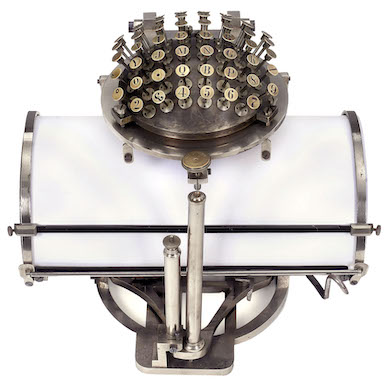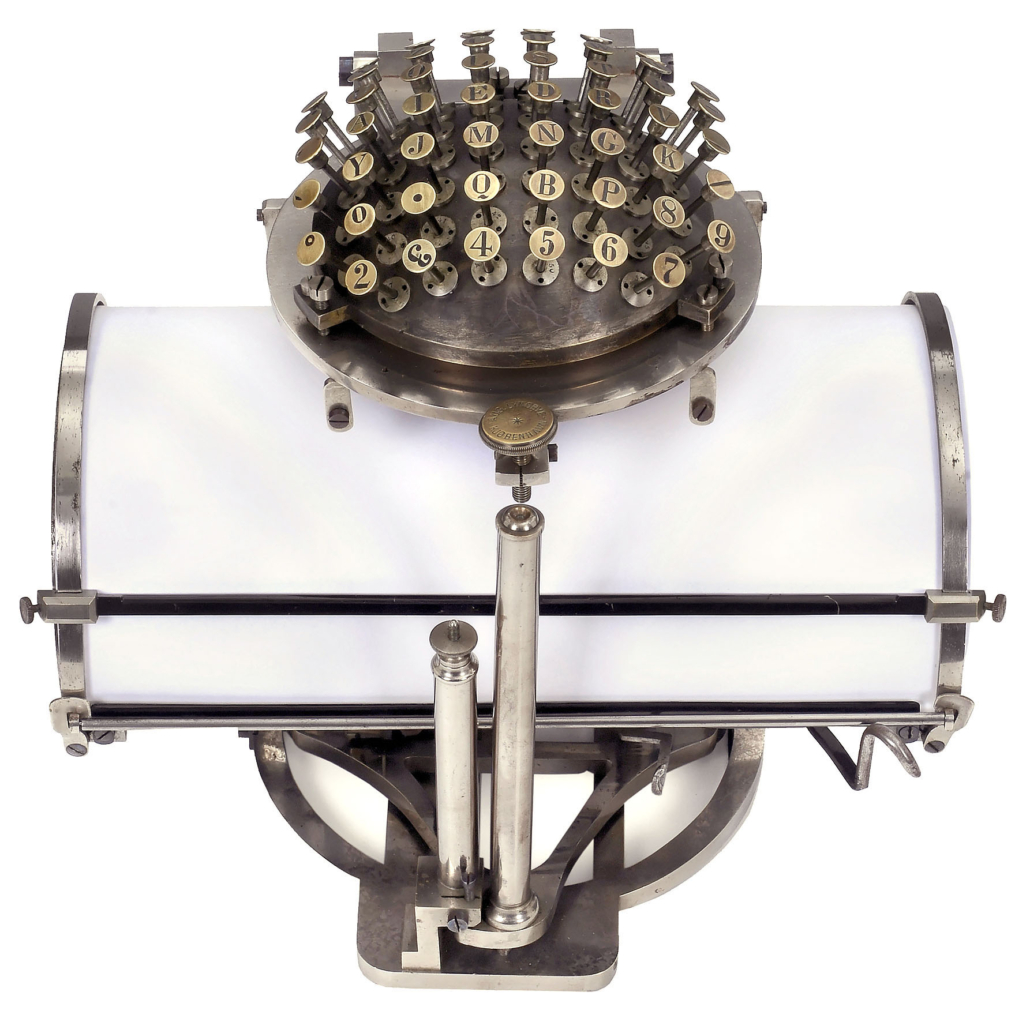
KOLN, Germany – Auction Team Breker will launch its 2021 fall season of sales with a two-day auction scheduled for September 24 and 25. Absentee and Internet live bidding will be available through LiveAuctioneers.
The German auction house has chalked up a lot of firsts in its 35-year history: the first commercial motion picture camera, which sold for €39,000 ($50,000) in 2006; the first Apple computer, which sold for €516,000 ($666,000) and a European record in 2013; and the first serially-produced typewriter, the Malling-Hansen writing ball from 1867, which realized €126,000 ($141,000) in 2019.

The 2021 autumn auction season opens with more milestones. Not only is Auction Team Breker presenting an ambitious program of two double sales, but the material on offer is unique in its diversity and historical significance. Much of it is fresh to the market, sourced from the German Fairground Museum in Essen; a notable private Swedish telecommunications collection; and the scientific collection of Dr. Frank Malina.
A standout lot is an early version of Rasmus Malling-Hansen’s typewriter with wide paper-holder and nickel-plated finish. It carries an estimate of €60,000-€90,000 ($70,800-$106,200).
Malling-Hansen, principal of the Royal Institute for the Deaf and Dumb in Copenhagen, designed a unique ergonomic writing machine in 1865 to help his students to “speak with their fingers.” Individually hand-built by the Danish engineering firm August Lyngbye, the device featured a hemisphere of 54 engraved typebars and had to be custom-ordered. Its most famous owner was the philosopher Friedrich Nietzsche, who used his machine to type an ode to its fallibility.

The auctions also include several fine microscopes, led by an 18th-century Culpeper-type microscope attributed to the London maker Matthew Loft. It is estimated at €12,000-€14,000 ($ 14,160-$16,520).
Although Edmund Culpeper’s design was undoubtedly employed in serious scientific circles, microscopy was above all a gentlemanly pursuit and the invention would not have been out of place in a well-appointed cabinet of curiosities.
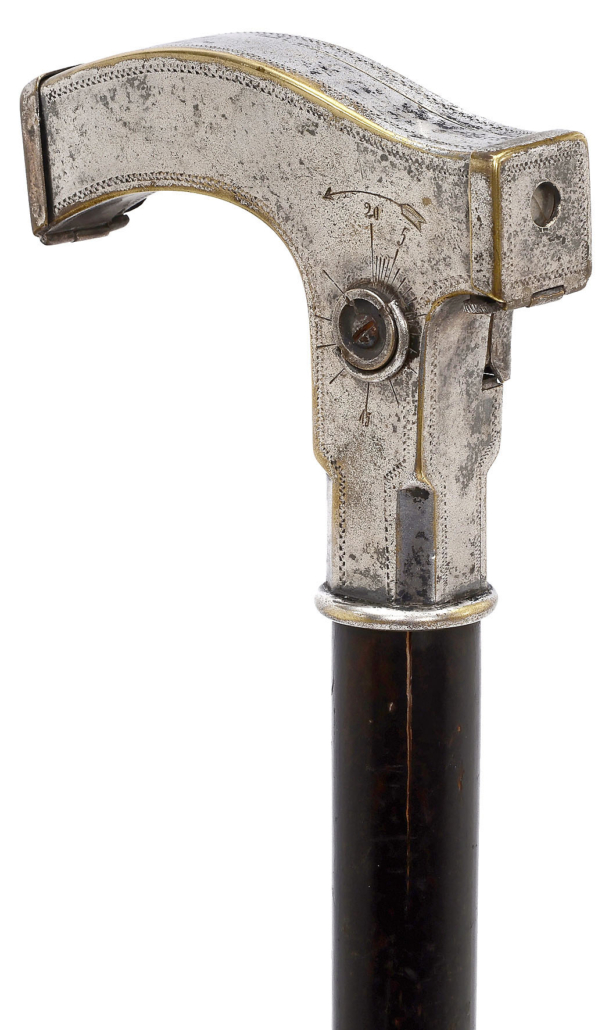
Also of note is a Ben Akiba walking cane camera, produced by A. Lehmann, Berlin, circa 1903, with provenance from the Agfa company. It is estimated at €12,000-€16,000 ($14,160-$18,880). A description in Scientific American from November 5, 1904 notes that cane-handled cameras for travelers had been around for a dozen or more years. However, they were impractical “due to the small supply of plates or films that could be carried at a time in the cane” and must have proved a hindrance, rather than a help, to aspiring photographers. The Ben Akiba, was the first to use roll films and could carry up to four spools in the hollow crook of the handle, producing 16 by 20 mm images in an age before microfilm photography.
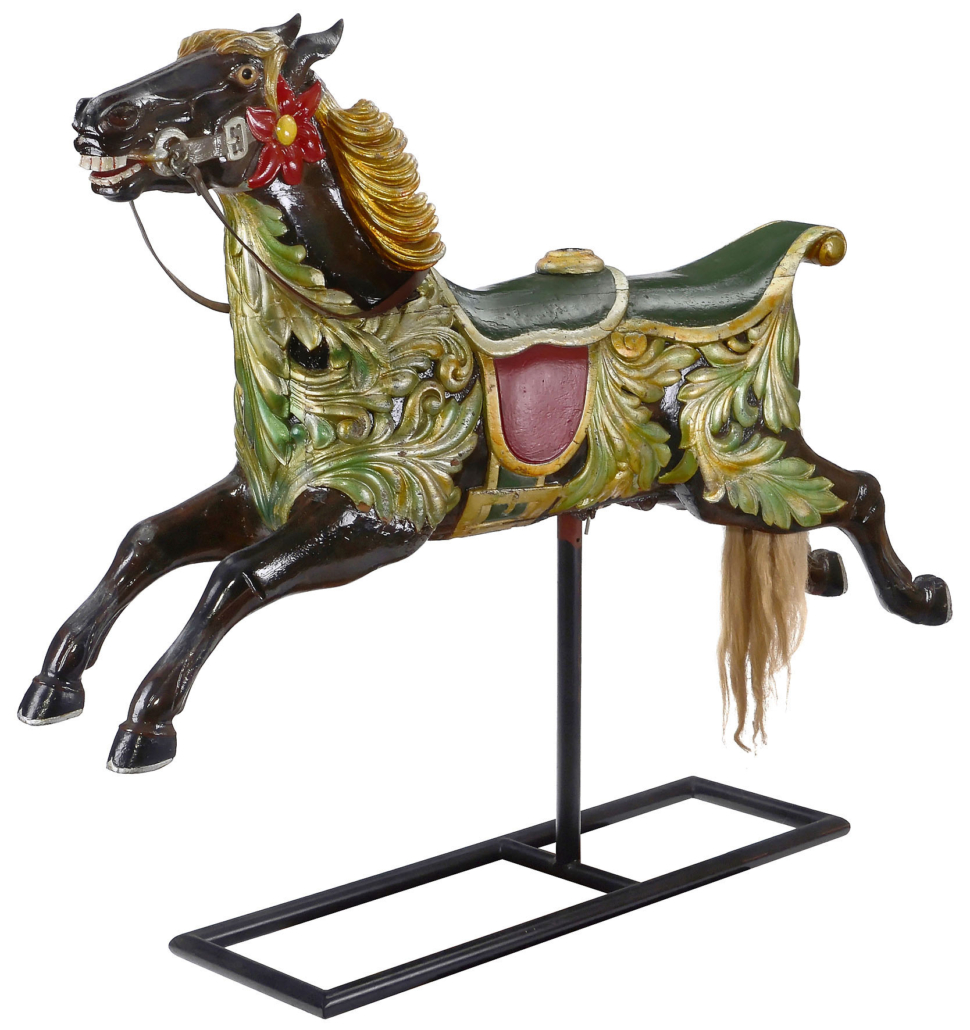
Another head-turning lot takes the form of a book-playing fairground organ by Alfred Bruder, Waldkirch, circa 1928. It carries an estimate of €20,000-€30,000 ($23,600-$35,400). It meets its match in the galloper carousel horse designed and carved by Arthur E. Anderson, of Bristol, circa 1920, and estimated at €7,000-€9,000 ($8,260-$10,620).

Buffalo Bill smoking automaton, est. €7,000-€9,000
Also delightful in its own unique way is “Princess”, a two-inch scale model of a Fowler showman’s engine, estimated at €5,000-€8,000 ($5,900-$9,440); so too is a circa-1890 smoking automaton designed by Gustave Vichy to resemble the star Wild West performer Buffalo Bill. The winsome machine is estimated at €7,000-€9,000 ($8,260-$10,620).

Milestones in the development of home entertainment feature in the sale as well, lead by the Reginaphone – a short-lived combination of recorded and mechanical sound – and the Maestrophone hot-air gramophone. The former dates to circa 1905, was made by the Regina Music Box Company of Rahway, New Jersey, and combines a disc musical box and gramophone. It is estimated at €10,000-€12,000 ($11,800-$14,160).
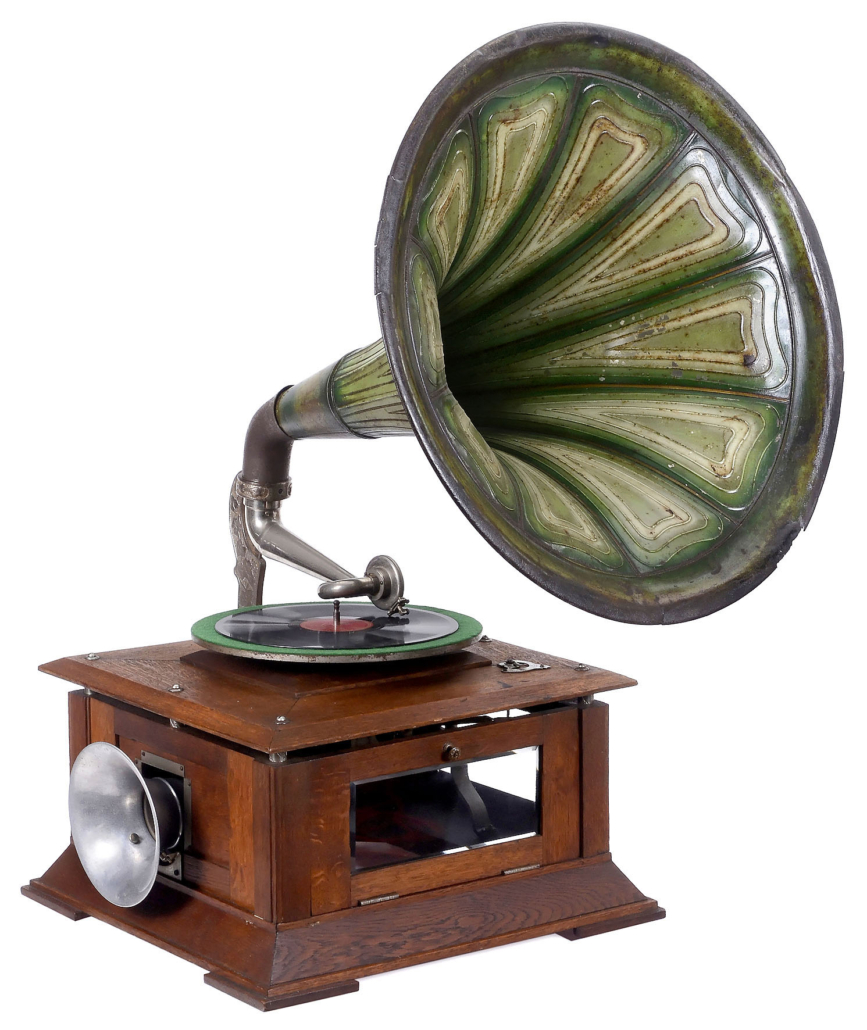
The Maestrophone was made in Paillard, Ste. Croix, Switzerland, circa 1907. It is a Model 205, with Stirling hot-air engine drive with spirit burner, and it carries an estimate of €10,000-€12,000 ($11,800-$14,160).
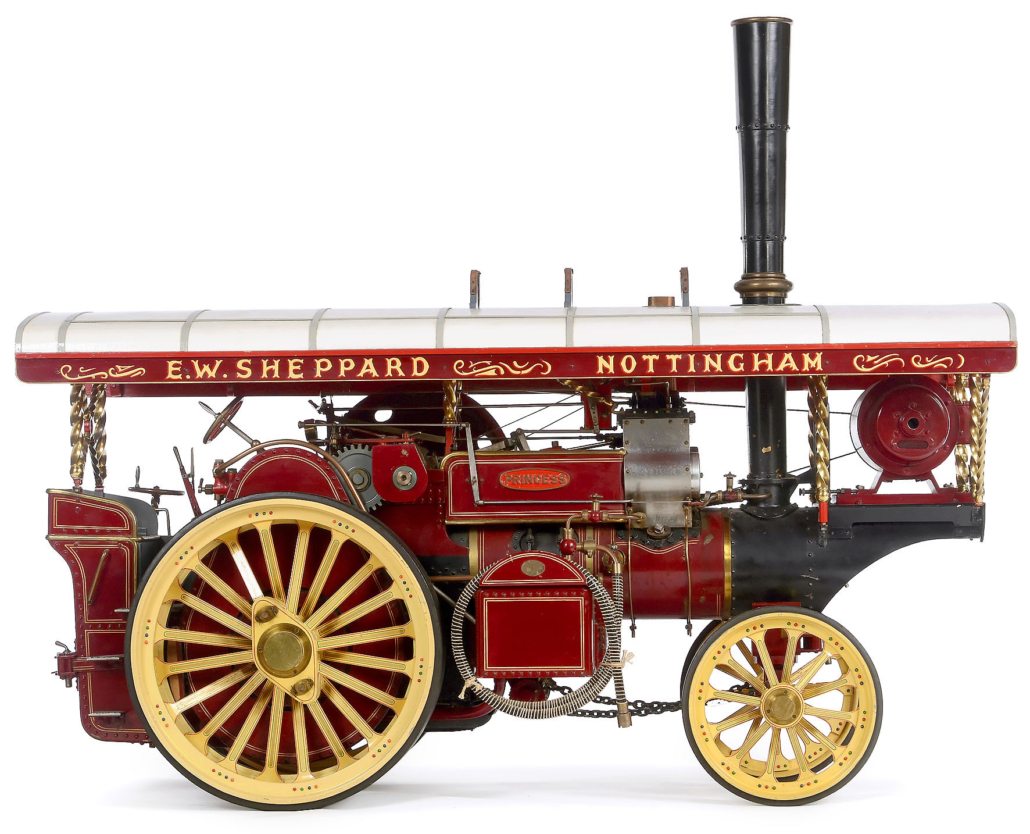
For more highlights, videos and updates, visit www.breker.com.
[av_button label=’Click to view the auction catalogs and sign up to bid’ icon_select=’no’ icon=’ue800′ font=’entypo-fontello’ link=’manually,https://www.liveauctioneers.com/auctioneer/364/auction-team-breker/’ link_target=’_blank’ size=’small’ position=’center’ label_display=” title_attr=” color_options=” color=’theme-color’ custom_bg=’#444444′ custom_font=’#ffffff’ btn_color_bg=’theme-color’ btn_custom_bg=’#444444′ btn_color_bg_hover=’theme-color-highlight’ btn_custom_bg_hover=’#444444′ btn_color_font=’theme-color’ btn_custom_font=’#ffffff’ id=” custom_class=” av_uid=’av-7m507py’ admin_preview_bg=”]
The current rate of exchange is €1 = $1.18.
View top auction results on LiveAuctioneers here: https://www.liveauctioneers.com/pages/recent-auction-sales/


